 Nearly every introduction to the topic contains at least passing mention of yogis able to levitate, to communicate psychically, to see past lives, to peer into the future, or to control the death process. No such abilities have ever been documented by standards of modern science and there are no such feats documented in this film.
Nearly every introduction to the topic contains at least passing mention of yogis able to levitate, to communicate psychically, to see past lives, to peer into the future, or to control the death process. No such abilities have ever been documented by standards of modern science and there are no such feats documented in this film.There are the usual uncorroborated second and third person reports (none from disinterested, non-Buddhist, non-partisan sources) of yogis exhibiting some of the powers mentioned above. One segment pretends to document the ability to generate extreme body heat, a power practiced by one of Tibetan mythology's great yogis, a man who was said to be able generate enough heat to cause steam to rise off his clothing after it and the yogi had been dipped into nearly freezing water. What the director shows us is a 5-second shot of a thermal scan of a mediator. There is no explanation of what is being shown. No wet clothing. No steam.
Perhaps the most interesting segment is a young monk practicing an acrobatic breathing exercise, one that he says took him two years to master and that he practices two hours daily. From a seated full-lotus position, the young practitioner extends his legs and launches himself into the air, rising about a meter off the ground. He quickly refolds in mid-air to the full-lotus, landing as he started. There's nothing at all paranormal or supernormal about his practice as captured on film, but as you watch him you can image where claims of levitation might have once - ahem - arisen.
A question addressed in the film is to what degree these yogis are following the Buddha's "middle way." Having nearly starved himself to death in the search for enlightenment, the Buddha denounced as pernicious the practice of austerities, in which he saw the counterpart to the pursuit of sensual pleasure. It was shortly after again consuming food and returning to a "normal" state of health that the Buddha attained enlightenment and promulgated the "middle way" as the ideal method for living and for attaining enlightenment. In what way are the yogis discussed in the film - men who for three years live in caves, sit in boxes to keep them upright, deprive themselves of sleep and eat only a subsistence diet - in what way are they practicing a "middle" way? If their way is not extreme, what is? Perhaps the answer is in how you define your terms. Unfortunately, the topic is not discussed, nor the question raised in interviews with the yogis.
If you know nothing or very little about Tibetan Buddhism, The Yogis of Tibet might serve as a useful introduction. You get a 20 minute recap of Tibetan history and its brand of Buddhism, you get some great shots of the Himalayas, you meet some of the great living religious leaders from the Tibetan tradition, and you learn that not all their claims are verifiable to outsiders. Not surprisingly, the American producers of the film (Phil and Jo Borack) are Buddhists practicing in the Tibetan tradition.
#





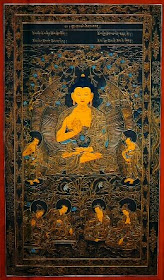
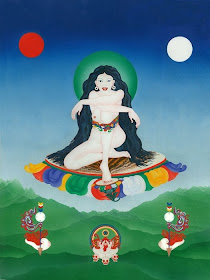
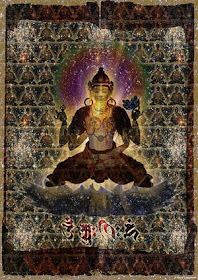





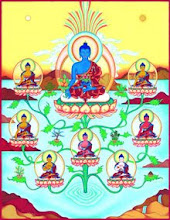



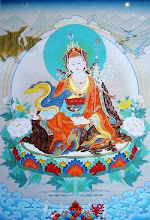




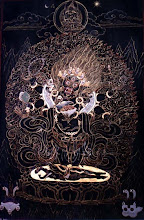
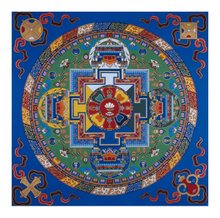


0 comments:
Post a Comment